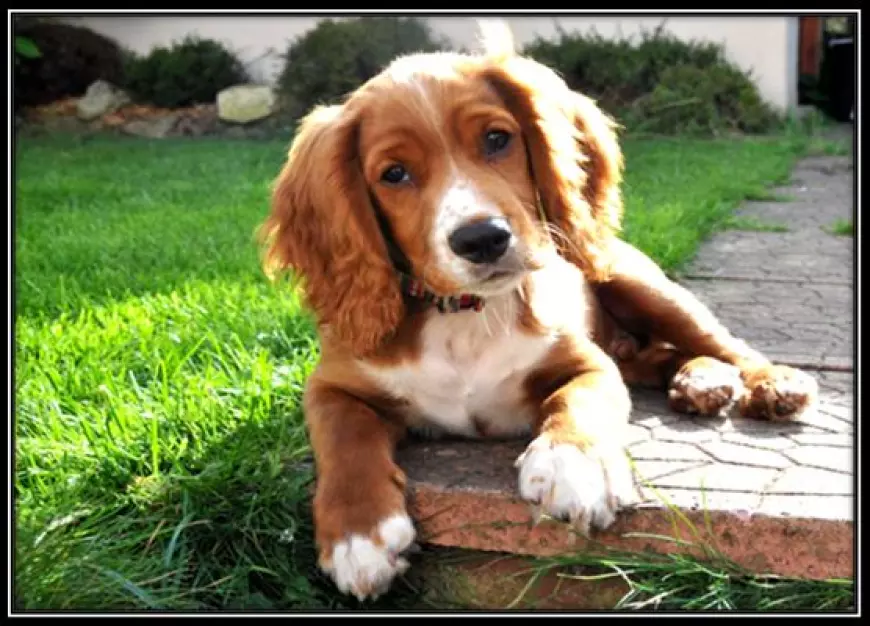What Size Dog Is Most Suitable for Your Home and Yard Space?
Want to know which dog size is best for your home? Explore our guide to find the perfect match for your living space and yard, tailored to your needs.

Introduction: Understanding your space and lifestyle
Understanding your space and lifestyle is crucial when considering which size dog is most suitable for your home and yard. Your living space, including the size of your home, the layout, and the outdoor area, should all play a significant role in determining what kind of dog would thrive in that environment. A small apartment may not be suitable for a large breed that requires plenty of room to roam, while a spacious backyard might be ideal for an active medium-sized dog. Additionally, considering your daily routine and activity level is essential - if you're constantly on-the-go or have limited time for exercise, a smaller or less active breed might be more suitable.
It's also important to take into account any restrictions imposed by landlords or homeowners' associations pertaining to pet size and breed. Being aware of these limitations can help narrow down your options early on in the decision-making process. Ultimately, understanding your space and lifestyle will ensure that you choose a furry companion that fits seamlessly into your daily life without causing unnecessary stress or disruption.
Small Dog Breeds: Pros and cons
Small dog breeds have their own charm and unique set of pros and cons. On the positive side, small dogs are often more portable, making them easier to travel with or take out for walks in urban areas. Additionally, they tend to eat less and require less space, which can be advantageous for those living in smaller homes or apartments. However, potential owners should consider that small breeds may be more prone to behavior problems such as excessive barking or nervousness if not properly trained and socialized.
Another consideration is that some small dog breeds can be fragile and susceptible to injury if not handled carefully. Moreover, their tiny stature might make them more vulnerable around larger, more boisterous pets. On the other hand, their compact size makes grooming and veterinary care more affordable compared to larger breeds. Ultimately, while small dogs have many endearing qualities, it's crucial for prospective owners to weigh these pros and cons before committing to a specific breed.
Medium Dog Breeds: Space considerations
When considering medium dog breeds, it's essential to factor in space considerations to ensure a harmonious living environment for both you and your furry friend. While larger dogs may struggle with limited indoor space and small yards, medium-sized breeds strike a balance, needing enough room to move around comfortably without feeling cramped. Additionally, their size makes them more adaptable to apartment living and smaller homes than their larger counterparts.
Medium dog breeds are known for their energy levels and need for regular exercise, so ample outdoor space is crucial for their well-being. A medium-sized yard can provide them with the freedom to run and play, helping them stay active and healthy. It's important not only to consider the indoor living space but also the availability of a secure outdoor area where your medium dog can thrive. By carefully assessing your home's spatial offerings, you can select a medium-sized breed that aligns perfectly with your lifestyle and provides an enriching environment for both you and your four-legged companion.

Large Dog Breeds: Yard space requirements
When considering large dog breeds, it's crucial to assess your yard space requirements to ensure your furry friend has enough room to roam and play. Large dogs, such as Great Danes and Bernese Mountain Dogs, typically need ample outdoor space for exercise and mental stimulation. A spacious yard allows these breeds to stretch their legs, engage in playful activities, and unleash their boundless energy.
It's important to remember that the size of the yard is not the only factor to consider when accommodating a large dog. The layout of the outdoor area also plays a significant role. Large dogs often benefit from a well-fenced yard with secure boundaries that allow them to move freely without posing risks to themselves or neighboring properties. Additionally, consider landscaping features that provide shade and protection from the elements, enhancing your large dog’s outdoor experience. By carefully assessing these yard space requirements, you can create an environment where your large dog can thrive physically and mentally.
Active vs. Low-energy Dogs: Matching activity levels
When considering what size dog is most suitable for your home and yard space, it's essential to also consider their activity level. Active dogs, such as Border Collies and Australian Shepherds, thrive on plenty of exercise and mental stimulation. For individuals who are active themselves or have access to large outdoor spaces, these breeds can make fantastic companions.
In contrast, low-energy dogs like Bulldogs and Basset Hounds are better suited for owners with a more relaxed lifestyle or limited outdoor space. Matching the activity levels of a dog to your own lifestyle ensures that both you and your furry friend can enjoy a harmonious relationship without feeling overwhelmed or understimulated. Keep in mind that any dog, regardless of energy level, still requires regular walks and playtime to maintain both physical and mental health.
Multi-Pet Homes: Compatibility with other animals
Multi-pet homes can be a wonderful and enriching environment for both pets and owners. When considering adding a dog to a home already occupied by other animals, it's essential to assess the compatibility of different species. Understanding the temperament, energy level, and social nature of each animal is crucial in determining whether they will coexist harmoniously. For example, some dogs may get along well with cats due to their calm demeanor and low prey drive, while others may not be suitable for households with small pets or birds.
It's important to introduce new animals to the existing pet family gradually, allowing them time to become familiar with one another's scent before face-to-face introductions. Additionally, providing separate spaces where each pet can retreat when needed is imperative for maintaining peaceful cohabitation. With patience and careful supervision during the initial stages of integration, multi-pet homes can thrive with various types of animals living together in harmony.
Conclusion: Finding the right size dog for you
When it comes to finding the right size dog for your home, there's no one-size-fits-all answer. Consider the space you have available in your home and yard, as well as the time and energy you have to devote to a pet. While smaller dogs tend to require less space and exercise, larger breeds can be just as adaptable if given enough attention and physical activity.
It's important to assess your own lifestyle and preferences before choosing the size of dog that's right for you. If you're an active individual who enjoys long walks or runs, a larger breed may be more suitable. On the other hand, if you live in a smaller apartment or have limited outdoor space, a compact breed might be a better fit. Ultimately, finding the perfect dog for your circumstances involves considering both practical limitations and personal preferences, ensuring a harmonious relationship between pet and owner.







